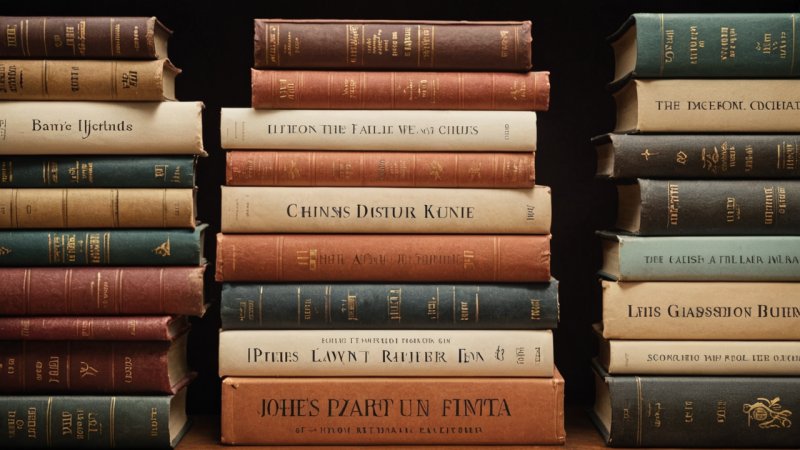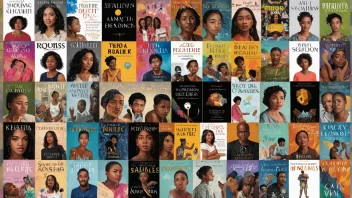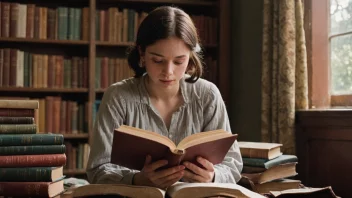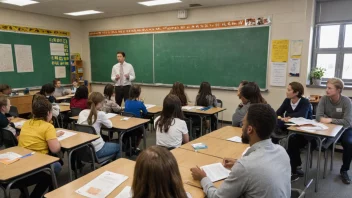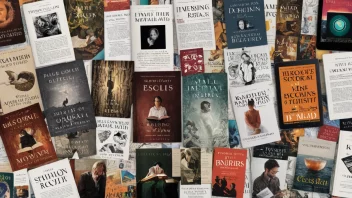Classic literature has a unique ability to transcend time, offering readers not only a glimpse into the past but also a deep commentary on enduring social issues. From the intricate social hierarchies of the 19th century to the timeless struggles for identity and justice, these works remain relevant today. Here are some key themes and examples of classic literature that highlight social issues, encouraging readers to reflect on the world around them.
The Struggle Against Inequality
Many classic novels address the theme of social inequality, portraying the struggles of marginalized characters against oppressive systems. For instance:
- “Les Misérables” by Victor Hugo - This epic tale illustrates the plight of the poor in post-revolutionary France, emphasizing themes of justice and redemption.
- “The Grapes of Wrath” by John Steinbeck - Steinbeck's depiction of the Dust Bowl and the migration of families highlights the economic struggles and class disparities of the 1930s.
Gender Roles and Feminism
Classic literature also often critiques traditional gender roles and explores the quest for female autonomy. Notable works include:
- “Pride and Prejudice” by Jane Austen - Through the character of Elizabeth Bennet, Austen challenges societal expectations regarding marriage and female independence.
- “Jane Eyre” by Charlotte Brontë - Brontë's protagonist fights against the limitations placed on women in the Victorian era, advocating for personal freedom and equality.
Racial Injustice and Identity
Racial issues are central to many classic works, providing insight into the complexities of identity and the fight against discrimination. Key examples are:
- “To Kill a Mockingbird” by Harper Lee - Set in the racially charged American South, this novel addresses themes of racial injustice and moral integrity through the eyes of a child.
- “The Color Purple” by Alice Walker - Walker's work explores the intersections of race, gender, and sexuality, illustrating the struggles of African American women in the early 20th century.
Class and Economic Challenges
The exploration of class dynamics and economic hardship is a recurring theme in classic literature. Examples include:
- “A Tale of Two Cities” by Charles Dickens - Dickens critiques the class disparities in London and Paris during the French Revolution, examining the social unrest that arises from poverty.
- “The Great Gatsby” by F. Scott Fitzgerald - This novel delves into the American Dream, revealing the emptiness of wealth and the social stratification of the 1920s.
Moral and Ethical Dilemmas
Classic literature often presents characters faced with moral quandaries, prompting readers to consider ethical implications. Key texts include:
- “Crime and Punishment” by Fyodor Dostoevsky - Dostoevsky explores the psyche of a murderer grappling with guilt and redemption, raising questions about morality and justice.
- “The Scarlet Letter” by Nathaniel Hawthorne - This novel delves into themes of sin, guilt, and societal judgment, inviting readers to reflect on the nature of morality.
In conclusion, classic literature serves as a powerful lens through which readers can examine social issues that remain relevant today. By engaging with these timeless works, we not only appreciate the artistry of their narratives but also gain insight into the human condition and the societal structures that shape our lives. Whether it’s through the struggles against inequality, the fight for gender equality, the challenges of racial injustice, or the exploration of moral dilemmas, these classics continue to resonate and inspire critical thought in our contemporary world.
